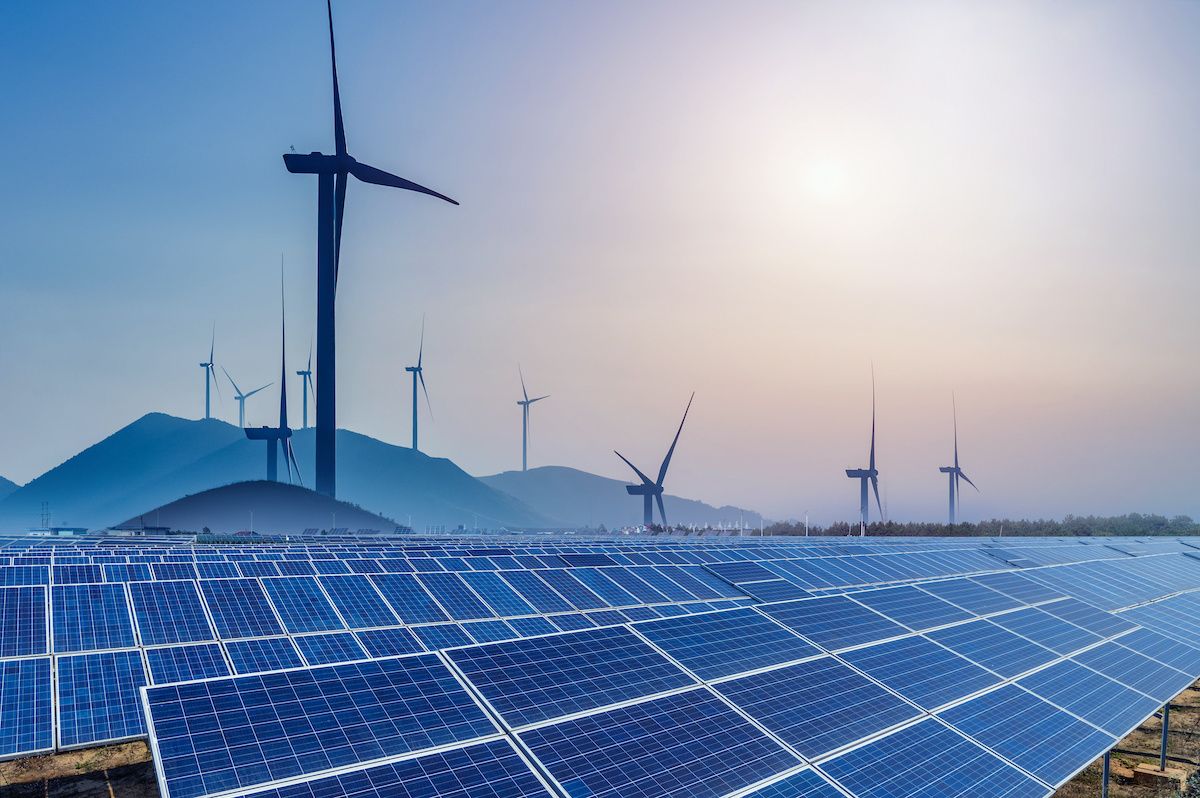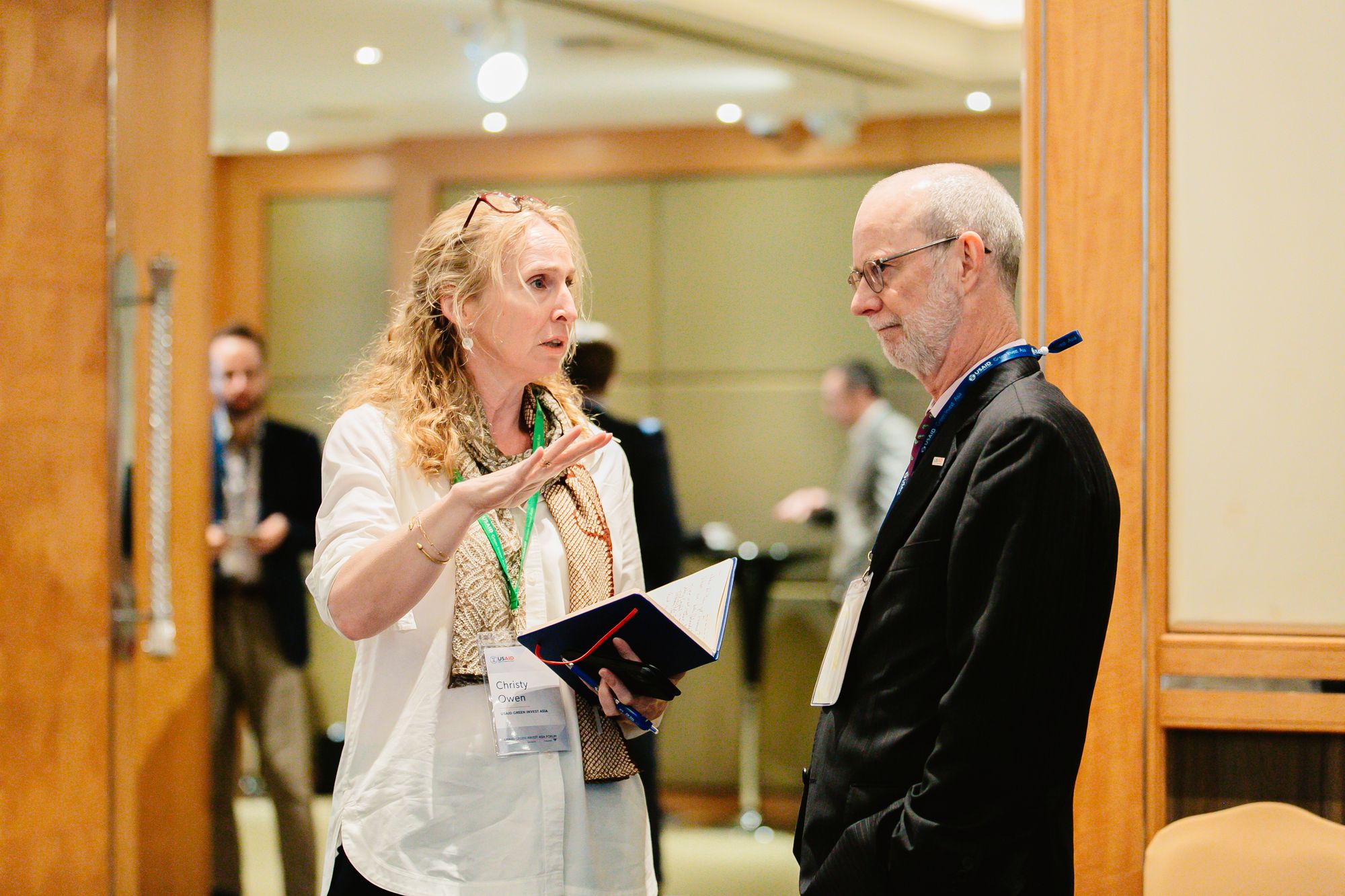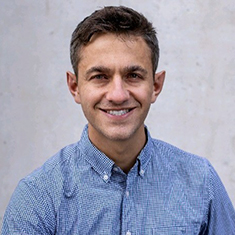At DAI, we are acutely aware of the climate emergency and its impact on our work and the communities, governments, and stakeholders we work with. This year alone has seen climate-related disasters worldwide—from flooding in Pakistan and Nigeria to record heatwaves and wildfires in Europe and drought and famine in East Africa.
We are addressing the challenges posed by climate change throughout our policy and governance work, however we need to be doing more to fast-track decarbonisation plans at the corporate and project levels. And there are obvious benefits—both financial and environmental—of acting to reduce our greenhouse gas (GHG) emissions now rather than waiting and making more drastic cuts later.
We sat down with Felicity Buckle, DAI’s Net Zero Champion, to find out more about DAI’s net-zero targets and how the business is adapting to meet them.
What commitments has DAI made?
Felicity: DAI signed up to the Science Based Targets Initiative (SBTi) and Race to Zero in 2021. These linked initiatives commit DAI to a net-zero target aligned to the Paris Agreement to limit global temperature increases to a maximum of 1.5°C above pre-industrial levels. While it looks increasingly likely that the 1.5°C threshold will be breached, it is still imperative that the world reaches net-zero GHG emissions by 2050. At DAI, we set a target to reduce absolute scope 1, 2, and 3 GHG emissions by 50 percent by 2030 from a 2019 base year, and in April 2022, this target was validated and approved by SBTi. It was important to us that our target was transparent and externally validated, and we believe that SBTi is the most credible of all the disclosure schemes.
How is DAI doing against those commitments?
Felicity: Our commitments are based on our 2019 baseline emissions data; comparative figures for corporate emissions for 2021 are 23 percent lower—so we are heading in the right direction. We are mindful, of course, that this drop is partly due to the impact of the COVID-19 pandemic, with high-emitting activities such as international travel going down. However, we have also seen other emissions, such as those associated with working from home, jumping up. The picture is quite fluid. So, we need to develop our processes and policies and continually improve our data to track where our emissions are, identify ways to minimize our footprint, and empower staff to make the necessary decisions to consolidate these downward trends. Making commitments is easy—the real work is actually delivering against them.
What are some of the biggest challenges for achieving net zero?
Felicity: DAI operates in scores of countries. Our workplaces, workforces, and ways of working are diverse, which presents challenges for tracking our emissions because not all offices and projects collect data in the same way or make reductions at the same pace (due to differing costs, varying options, and so on). An important first step is refining our data capture processes and metrics to ensure we collect our data consistently and systematically to give us an accurate picture of where we stand.
International travel is essential for maintaining DAI relationships with partners in the countries where we operate and allows us to deliver our programs to the highest standard. However, we can fly “better” by making informed decisions on how we fly, when we fly, and how often. We can look at how we further devolve our processes and management to local partners. The restrictions on flying during the pandemic changed some of the ways we engaged internationally, and we will continue to pursue alternative approaches to delivering programs in a lower-carbon way.
What are the main opportunities for the net-zero initiative in 2023?
Felicity: Momentum toward a net-zero future is building. The magnitude of climate disasters seems to have sharpened peoples’ minds, particularly in civil society and the private sector. Current political and economic conditions are also accelerating change. For example, the rising cost of diesel has incentivized the move to alternative options. Our Nigeria offices, for example, are moving from backup diesel generators to solar PV panels. The cost is comparable, further strengthening the case for a green transition.
What are you hoping to see come out of COP27?
Felicity: On Decarbonisation Day, we hope to see more ambitious commitments from businesses and governments on meeting net zero and, crucially, more concrete plans regarding how they will achieve these commitments and more detailed decarbonization pathways. Commitments and plans bring with them the need for transparency and accountability, so we would also like to see declarations concerning how progress will be measured and publicly accounted for. The finance sector, which will be a driver (and enforcer) of net-zero commitments, must continue to show ambition.
Despite increasing evidence that we are fast running out of time to align with 1.5°C, this is not the time to lose conviction. At DAI, we remain determined to achieve net zero and look forward to sharing our experiences, learning from others, and building momentum for achieving the Paris Agreement commitment.







